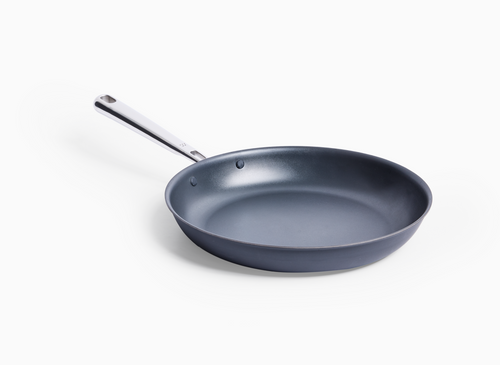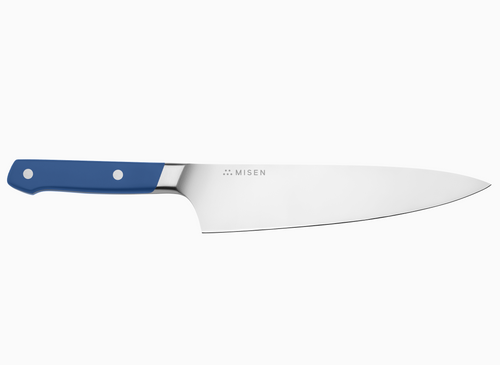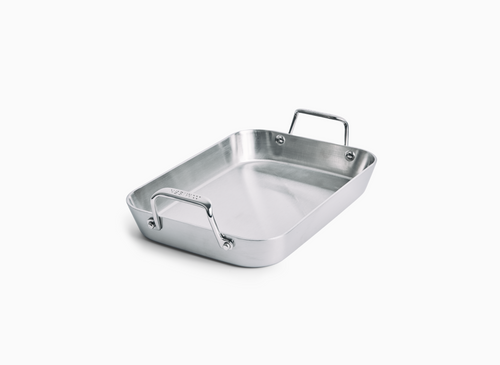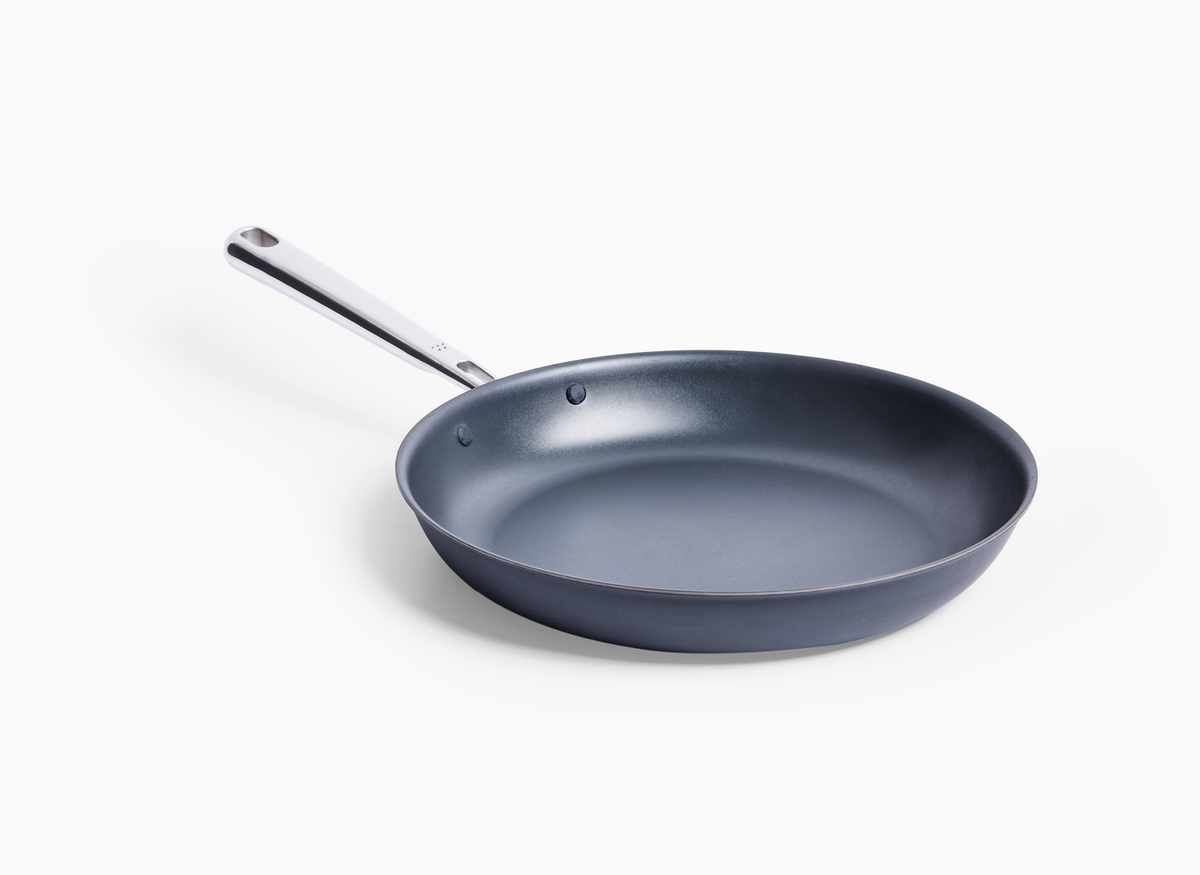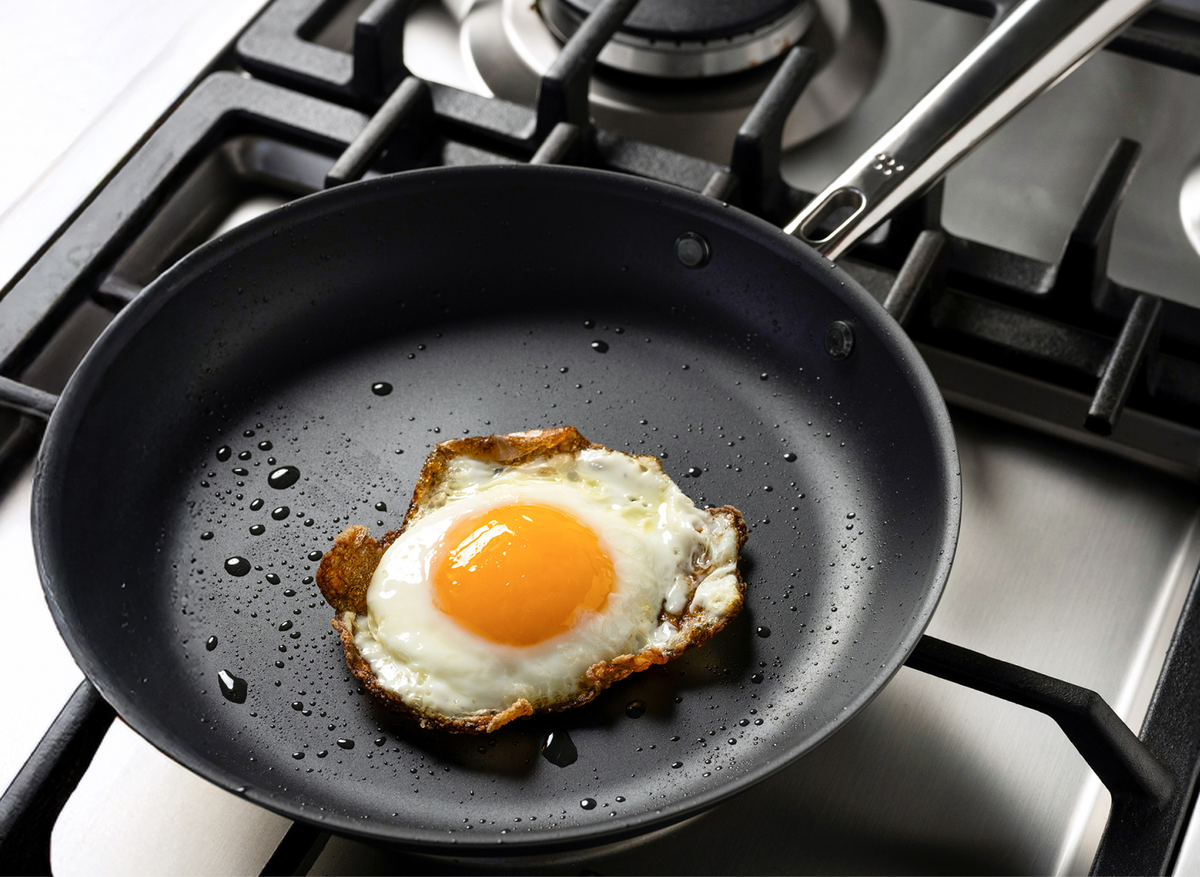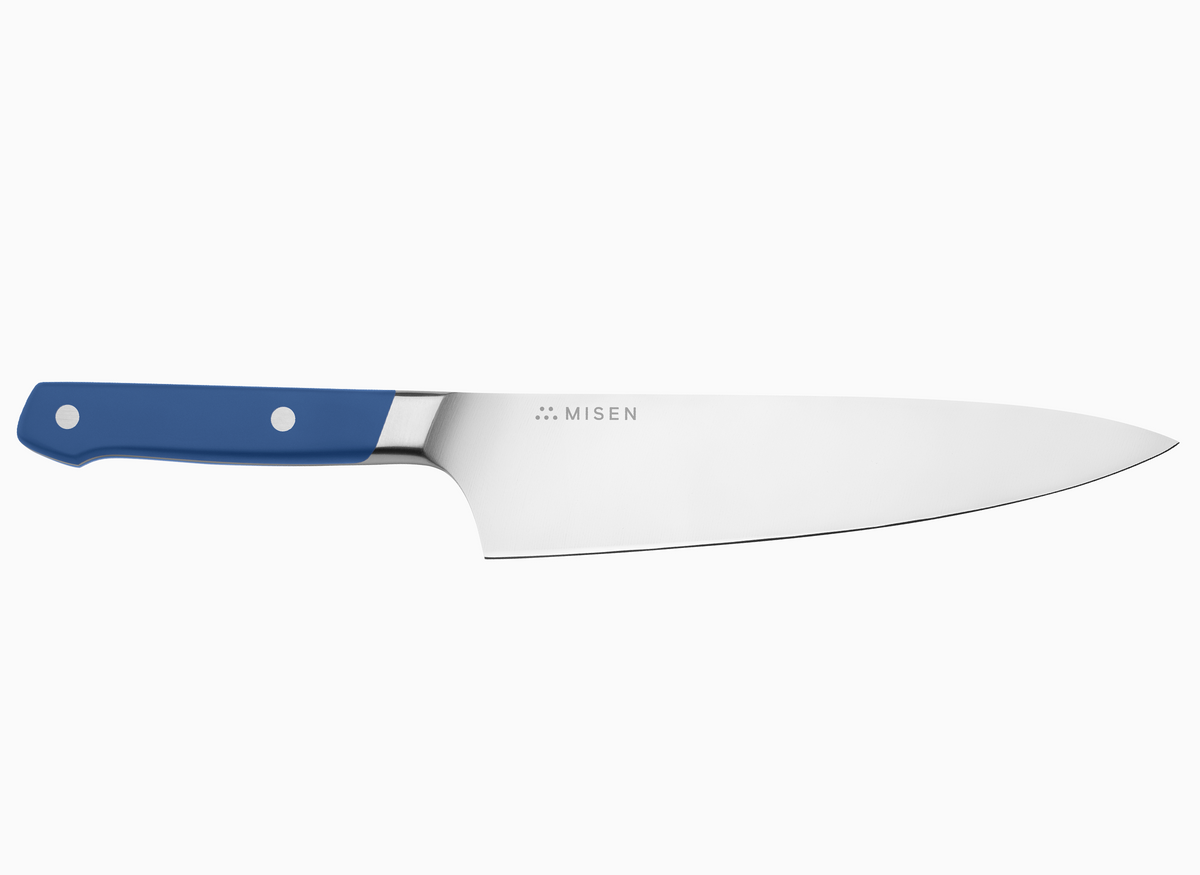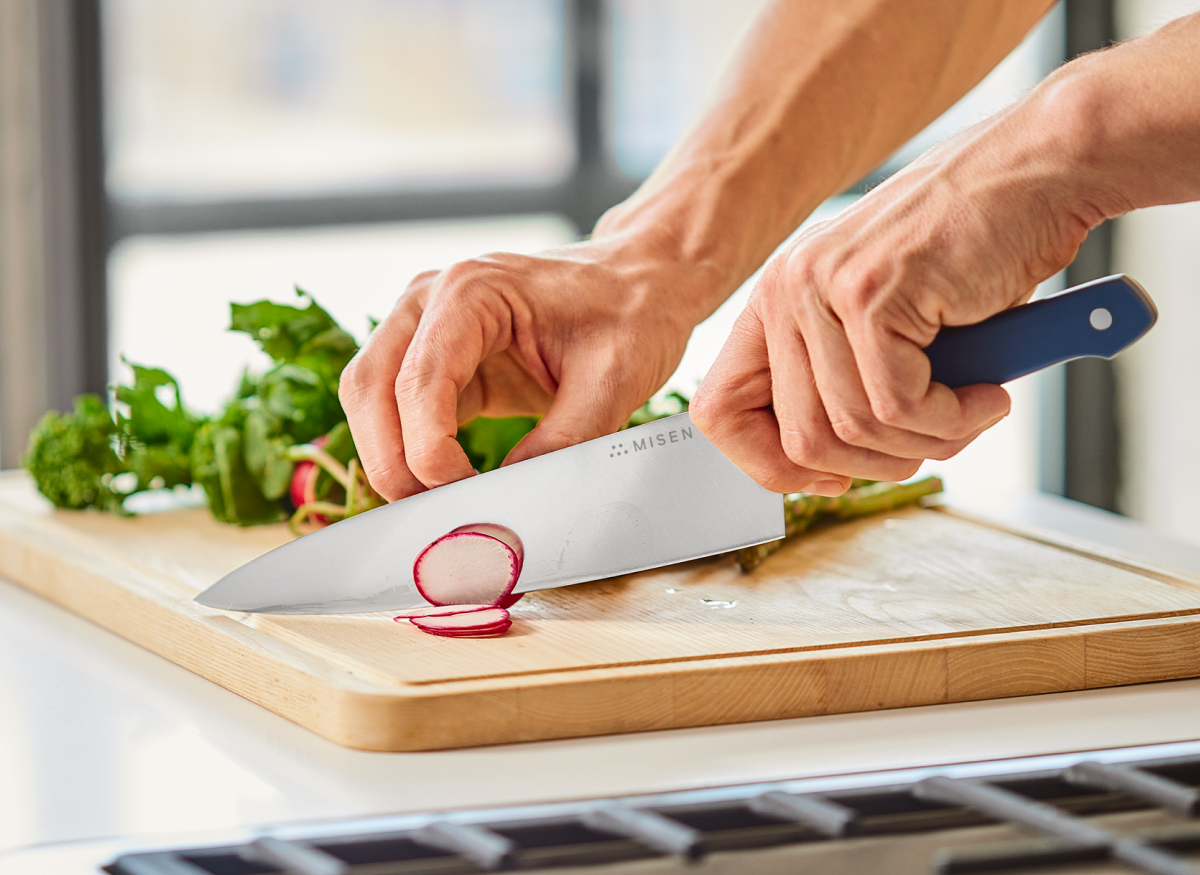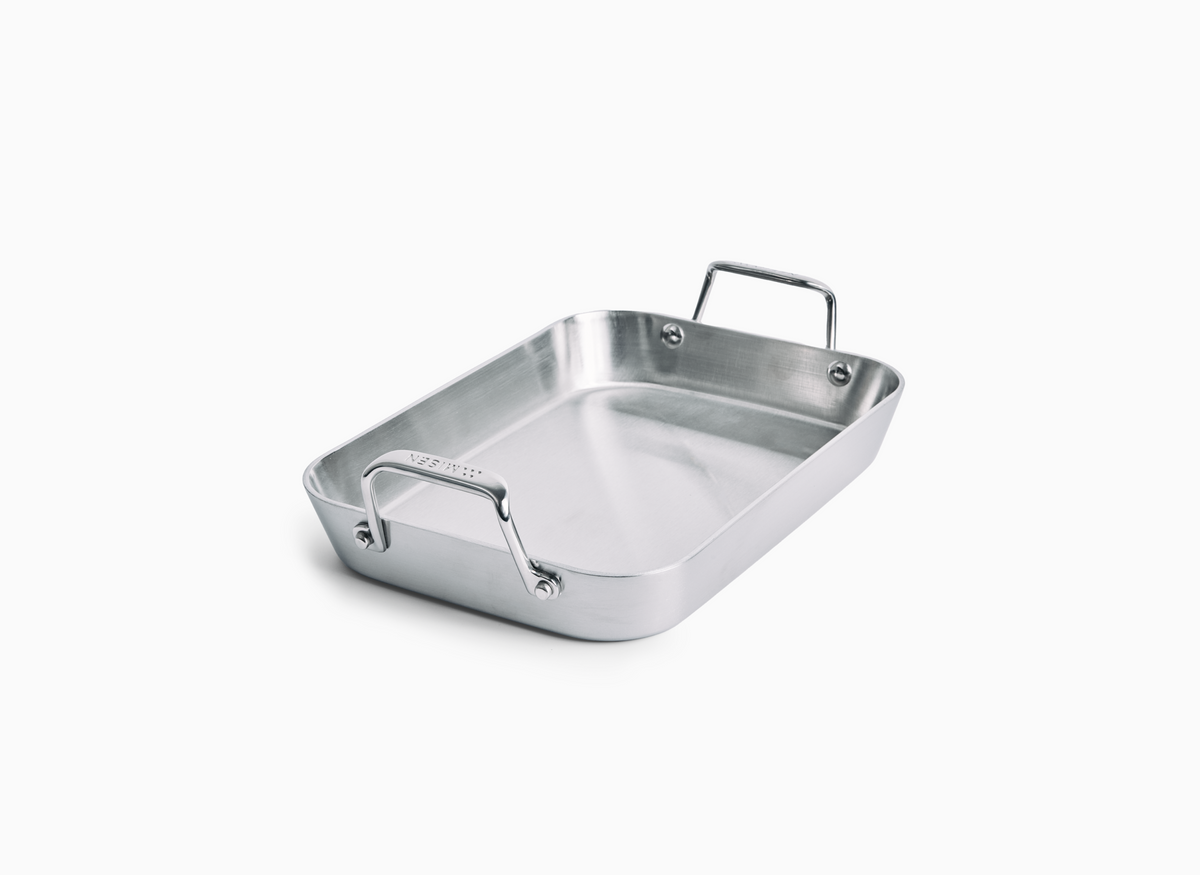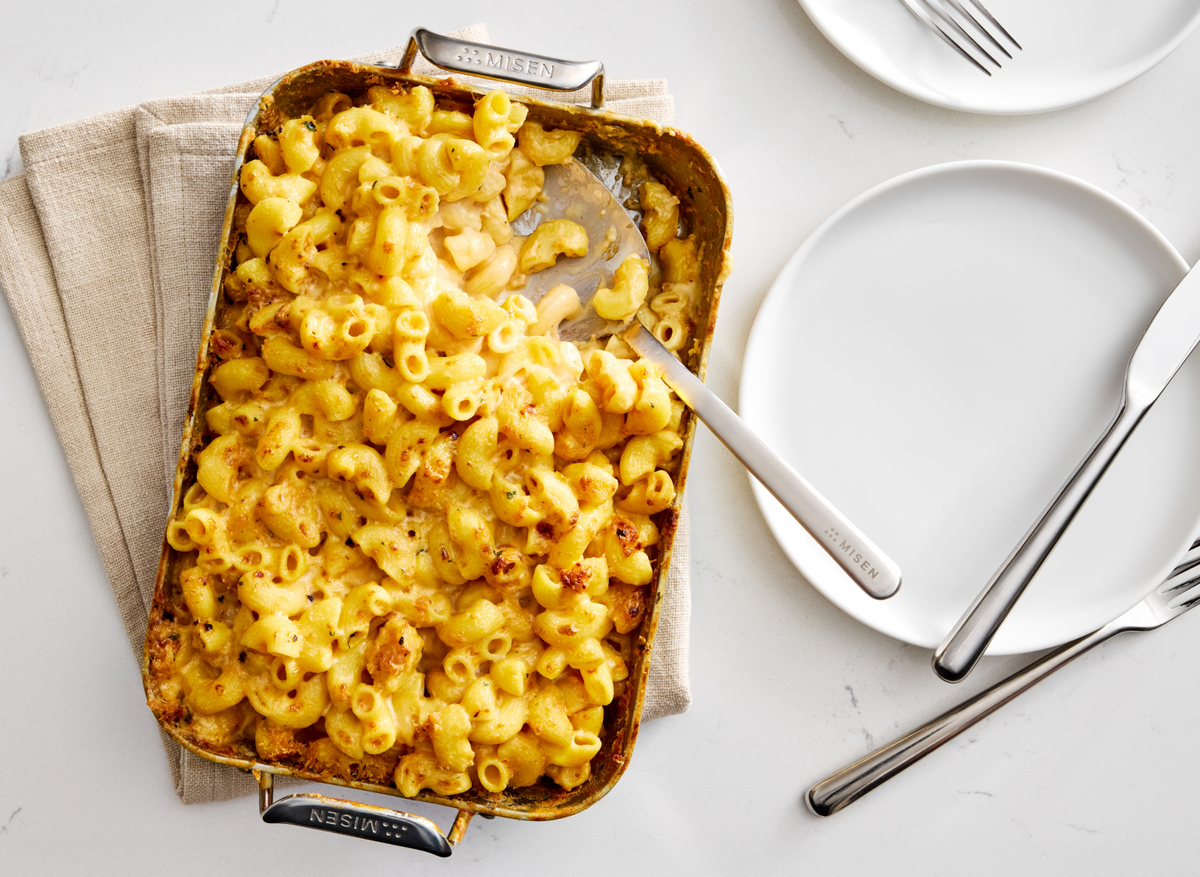What Is a Saucepan? A Comprehensive Guide

Defining the Saucepan
A well-designed saucepan features balanced proportions that enhance even heat distribution.
Physical Characteristics and Key Components
Saucepans are distinguished by their circular shape, high straight sides, and flat base. This design creates a small surface area relative to depth, allowing for even heat distribution through liquids[1]. Most saucepans feature a long handle for safe maneuvering and often include a tight-fitting lid to retain moisture[2].
The construction of a quality saucepan often involves multiple layers of materials. For instance, our stainless steel pan uses tri-ply construction with stainless steel outer layers and an aluminum core, providing optimal heat conductivity and durability. This thoughtful design ensures even cooking and longevity in your kitchen.
The History and Evolution of Saucepans
The saucepan's journey began in the 17th century, initially designed solely for sauce-making[3]. However, its roots trace back much further. Humans have been developing cooking vessels for millennia, evolving from primitive hot stone cookery to ceramic pottery, and finally to metal cookware during the Bronze Age around 3000 B.C.[4].
The transition to metal brought significant advantages – these vessels were more durable, distributed heat more evenly, and could be placed directly over fire without breaking. This evolution in cookware technology has led to the efficient and versatile saucepans we use today.
Saucepan vs. Pot: Key Differences
While saucepans and pots share some basic features, their distinct characteristics serve different cooking needs. Saucepans have a narrower width-to-height ratio with tall, straight sides and typically feature a single long handle[5]. Their smaller surface area and taller sides help control evaporation and maintain moisture, making them ideal for precise cooking tasks. In contrast, pots have a wider base, deeper design, and two looped handles for easier lifting when full. The size difference significantly impacts cooking efficiency – reducing sauces in a large pot takes excessive time, while attempting to boil pasta in a small saucepan risks overflow[6].
Saucepan vs. Sauté Pan: When to Use Each
Despite their similar names, sauté pans and saucepans serve distinct purposes. A sauté pan features a wide base with straight, vertical sides and shorter walls, making it ideal for both dry-heat cooking like searing and liquid-based preparations[7]. The larger cooking surface allows for sautéing vegetables, braising meats, and creating one-pan meals that transition from stovetop to oven. Saucepans, with their taller sides and smaller base diameter, excel at liquid-focused cooking[8]. Choose a saucepan when making gravies, small-batch jams, or dishes where liquid reduction and precise temperature control are essential.
Types of Saucepans by Material
Different materials in saucepans offer unique heat retention and durability benefits for every cooking need.
Stainless Steel Saucepans: Professional-Grade Performance
Stainless steel saucepans deliver professional-grade performance through their unique construction and material properties. Made from high-grade 18/10 stainless steel, these pans offer superior durability and corrosion resistance while remaining non-reactive with acidic ingredients[9]. The best stainless steel saucepans feature multi-layer construction, typically incorporating an aluminum or copper core sandwiched between stainless steel layers for optimal heat distribution[10]. This design ensures even cooking temperatures and prevents problematic hot spots that can lead to uneven results.
Non-Stick Saucepans: Convenience and Easy Cleanup
Non-stick saucepans feature specialized coatings that prevent food from sticking while requiring minimal oil or fat during cooking[12]. This coating makes them ideal for delicate foods like eggs and fish, while enabling quick cleanup with just a wipe or gentle rinse. However, these pans come with important limitations – they can't withstand very high temperatures without risking coating degradation, and metal utensils can scratch or chip the non-stick surface[13]. To maximize longevity and safety, avoid exposing non-stick pans to extreme heat and use appropriate non-metal utensils.
Cast Iron and Carbon Steel Options
Cast iron and carbon steel saucepans share similar thermal properties but differ in key ways that affect their cooking performance. Cast iron contains 2-4% carbon content making it nearly twice as heavy as carbon steel, which contains just 1% carbon[14]. Cast iron excels at tasks requiring sustained heat like braising and baking due to its thick walls and superior heat retention[14]. However, its weight makes it less maneuverable than carbon steel, which responds more quickly to temperature changes and proves ideal for precise sauce-making.
Copper and Specialty Materials: Benefits and Considerations
Copper cookware represents the pinnacle of heat responsiveness and precision, conducting heat twice as effectively as aluminum and ten times better than stainless steel[17]. The ideal copper pans measure between 2.5 to 3mm thick – thicker versions lose responsiveness while thinner ones compromise even heating[16]. While copper cookware demands significant investment and careful maintenance, its unmatched heat control makes it ideal for delicate proteins, sauces, and temperature-sensitive preparations[17]. The material's enduring value extends beyond performance – well-maintained copper pieces can last generations, developing a beautiful patina that adds character to kitchen displays.
Essential Saucepan Features
Choosing features like handle design and heat distribution transforms a saucepan into an indispensable kitchen tool.
Size and Capacity: Choosing the Right Dimensions
Saucepans come in standard sizes ranging from 1 to 4 quarts, with 2- and 4-quart versions being the most popular choices[18]. A 1-2 quart saucepan works well for single servings of rice, heating soup, or crafting small-batch sauces, while 3-4 quart versions accommodate family meals and larger portions[19]. When selecting size, consider that a 2-quart saucepan can cook 7 hard-boiled eggs without stacking, while a 4-quart version fits 11 eggs comfortably[19]. The pan's diameter affects evaporation rates – wider pans reduce liquids more quickly than narrower ones with the same capacity.
Handle Design: Comfort, Heat Resistance, and Durability
Handle design significantly impacts saucepan usability and safety during cooking. Concave handles with indented centers provide superior control and leverage compared to rounded designs, especially when maneuvering full pots[20]. Stay-cool handles, while eventually heating up during extended stovetop use, offer crucial temperature protection for safer handling[21]. The most effective handles feature thick, angled construction rather than rounded slopes, allowing for secure grips both with and without oven mitts[21]. Some premium models include a secondary helper handle opposite the main handle, providing extra stability when transporting heavy liquids or pouring into strainers.
Lids and Their Importance
A tight-fitting lid transforms a saucepan into a more efficient cooking vessel by trapping heat and moisture. When cooking without a lid, heat escapes as steam into the air, wasting energy and extending cooking times. Adding a lid keeps that heat inside the pot, accelerating the cooking process while using less energy[22]. The lid's ability to retain moisture and heat serves multiple purposes – it speeds up cooking, helps achieve specific textures, and maintains consistent temperatures for delicate dishes[23]. This design element proves particularly valuable when preparing grains, legumes, or any dish requiring precise moisture levels during cooking.
Heat Distribution and Core Construction
A saucepan's heat distribution capabilities depend heavily on its core construction and materials. Multi-layer designs, particularly those with aluminum or copper cores sandwiched between stainless steel layers, provide optimal heat circulation throughout the cooking surface[24]. The responsiveness to temperature changes varies significantly between materials – stainless steel heats quickly and responds rapidly to temperature adjustments, while cast iron takes up to ten minutes to fully preheat but maintains consistent heat for longer periods[25]. This heat retention characteristic makes different materials suited for specific tasks – stainless steel's responsiveness works well for delicate foods requiring precise temperature control, while cast iron's steady heat makes it ideal for slow cooking and braising.
What Is a Saucepan Used For?
Saucepans excel in creating perfect reductions and reheating dishes due to their controlled evaporation properties.
Creating Perfect Sauces and Reductions
A saucepan's tall sides and controlled evaporation make it ideal for creating rich reductions and complex sauces. The process involves simmering liquids like wine, stock, or pan drippings until they reduce by half, concentrating flavors and thickening naturally[26]. For pan sauces, start by deglazing with wine or stock to release caramelized bits, then reduce while stirring to incorporate those flavors[27]. The sauce's consistency should coat the back of a spoon without dripping – a sign of perfect reduction.
Cooking Grains, Pasta, and Legumes
A saucepan's tall sides and controlled evaporation make it ideal for cooking grains like rice, quinoa, and other staples. The key to perfect grain cooking lies in maintaining proper ratios – quinoa requires 1:1.5 grain to water, brown rice needs 1:2, and pearl barley demands 1:3[29]. The cooking process follows a consistent pattern: rinse the grain thoroughly, add the correct water ratio, bring to a boil, then reduce to a simmer with a covered lid[30]. A tight-fitting lid proves essential for proper grain cooking, as it traps steam and stabilizes temperature for consistent results.
Blanching Vegetables and Precise Temperature Control
A saucepan's precise temperature control makes it ideal for blanching vegetables – a critical process that involves briefly scalding vegetables in boiling water followed by rapid cooling. The standard ratio is one gallon of water per pound of vegetables, except for leafy greens which require two gallons per pound[31]. Proper blanching stops enzyme actions that would otherwise degrade flavor, color, and texture while also removing surface dirt and brightening the vegetable's appearance[32]. The process requires careful timing – underblanching stimulates enzyme activity and proves worse than no blanching at all, while overblanching leads to nutrient loss and mushy textures[33].
Small-Batch Soups and Reheating Leftovers
A saucepan's tall sides and controlled heating make it ideal for preparing small-batch soups and reheating leftovers efficiently. For reheating previously cooked foods, use low to medium heat and monitor carefully to prevent burning – most items warm through within 5 minutes[34]. The saucepan excels at reheating wet foods like soups, stews, and sauces while maintaining their original texture and preventing moisture loss. For foods that might stick, adding a small amount of liquid helps prevent scorching.
- Saucepans are versatile kitchen tools with high sides and long handles, ideal for cooking liquids and sauces.
- Different materials like stainless steel, non-stick, cast iron, and copper offer unique cooking properties and maintenance requirements.
- Choosing the right size and features, such as handle design and lid fit, is crucial for optimal cooking performance.
- Saucepans excel at tasks like sauce-making, grain cooking, blanching vegetables, and reheating leftovers.
- Understanding the differences between saucepans, pots, and sauté pans helps in selecting the right tool for each cooking task.
- https://misen.com/blogs/news/what-is-a-saucepan
- https://www.webstaurantstore.com/guide/928/which-saucepan-should-you-use.html?srsltid=AfmBOoqLLF9FTGE548jubP28GKNl_7vv0PZxIGw2OFetA8ZFXjuimNRq
- https://www.dalstrong.co.uk/blogs/chef-blog/what-is-a-saucepan
- https://www.worldcoppersmith.com/articles/the-history-of-cookware/?srsltid=AfmBOoo40z6TrPWrJpWCNDcKNK2aNHCFttH59V17F8slax4myimhxBVJ
- https://www.marthastewart.com/saucepan-vs-pot-11693836
- https://madeincookware.com/blogs/saucepan-vs-pot
- https://www.foodnetwork.com/how-to/packages/shopping/articles/difference-between-a-saute-pan-and-sauce-pan
- https://xtrema.com/blogs/blog/saute-pan-vs-saucepan?srsltid=AfmBOorYlc1nu0Bb8ntEvT9Zj9ZdcnIvYxFnJUjhzjTTmp5bFvAgKMDK
- https://www.foodandwine.com/guide-to-stainless-steel-cookware-8558171
- https://madeincookware.com/blogs/how-to-choose-best-stainless-steel-cookware
- https://www.thespruceeats.com/nonstick-vs-stainless-steel-cookware-908922
- https://www.sensarte.com/blogs/blogs/is-nonstick-cookware-right-for-you-pros-and-cons-to-consider
- https://madeincookware.com/blogs/carbon-steel-vs-cast-iron
- https://www.seriouseats.com/buying-copper-cookware
- https://www.businessinsider.com/guides/kitchen/copper-cookware-pros-cons
- https://madeincookware.com/blogs/saucepan-sizes
- https://prudentreviews.com/saucepan-sizes/
- https://www.seriouseats.com/best-small-saucepans-7497044
- https://www.epicurious.com/expert-advice/the-best-saucepans-for-cooking-literally-everything-article
- https://www.entergynewsroom.com/article/does-putting-lids-on-pots-really-cook-food-faster/
- https://www.carawayhome.com/blog/what-is-a-saucepan
- https://madeincookware.com/blogs/best-cookware-material
- https://learn.surlatable.com/cookware-materials-guide/
- https://www.thekitchn.com/technique-making-a-sauce-reduc-66604
- https://www.bonappetit.com/test-kitchen/cooking-tips/article/how-to-make-a-reduction?srsltid=AfmBOoo92bP5UiedC65KthPDJQuhFpnW2THYYaJZfIsxq9uRTf7HI8TF
- https://www.bodygoodfood.com.au/blog/cooking-the-basics
- https://twiceastasty.com/2021/05/20/cooking-grains/
- https://extension.umn.edu/preserving-and-preparing/vegetable-blanching-directions-and-times-home-freezer-storage
- https://nchfp.uga.edu/how/freeze/freeze-general-information/blanching-vegetables/
- https://www.clemson.edu/extension/food/canning/canning-tips/43why-blanch.html
- https://garlicdelight.com/reheat-food-without-microwave/
